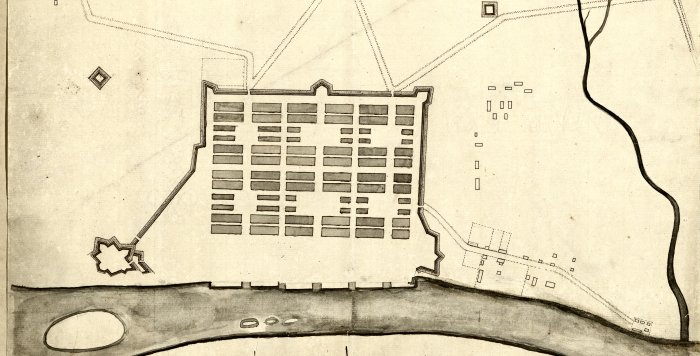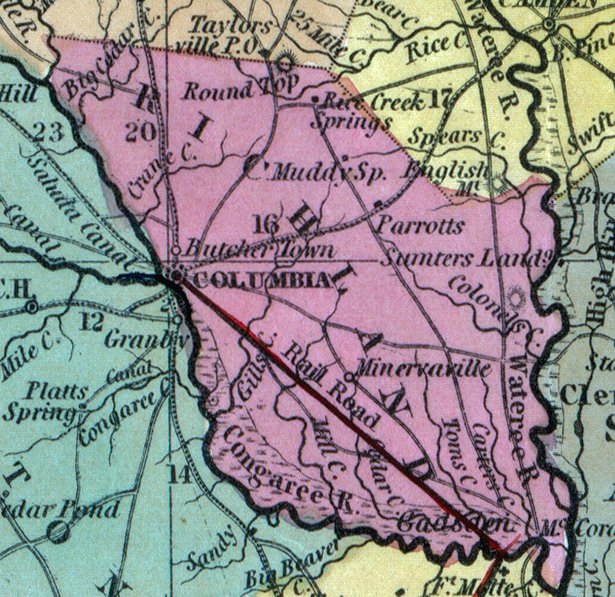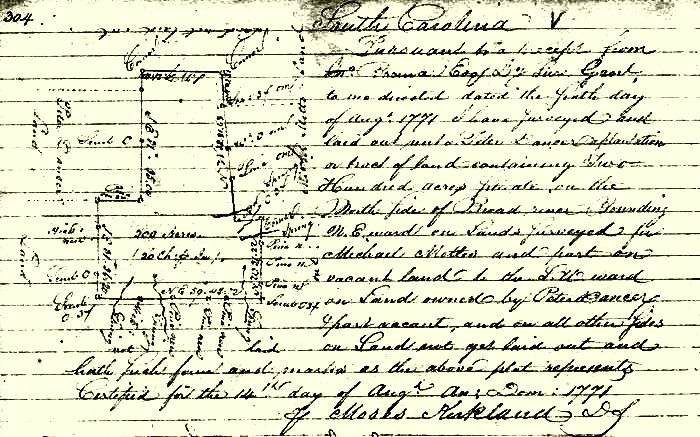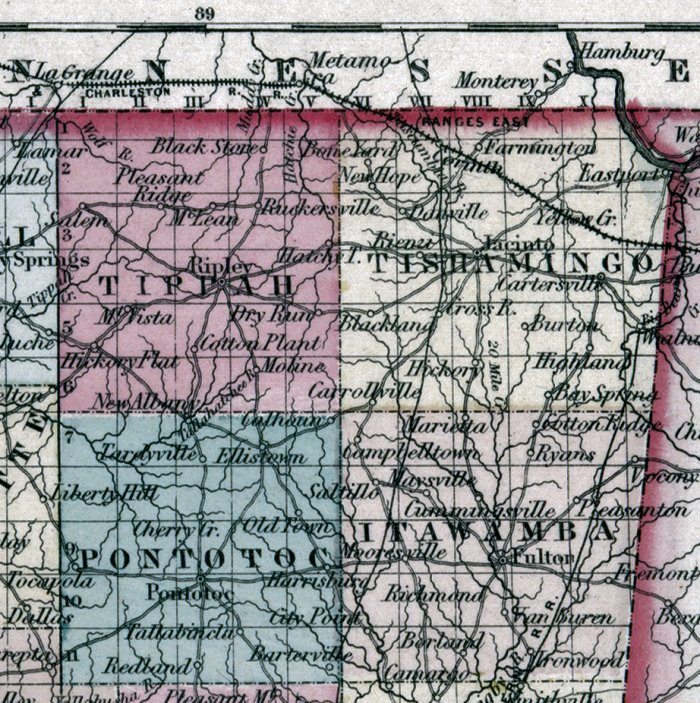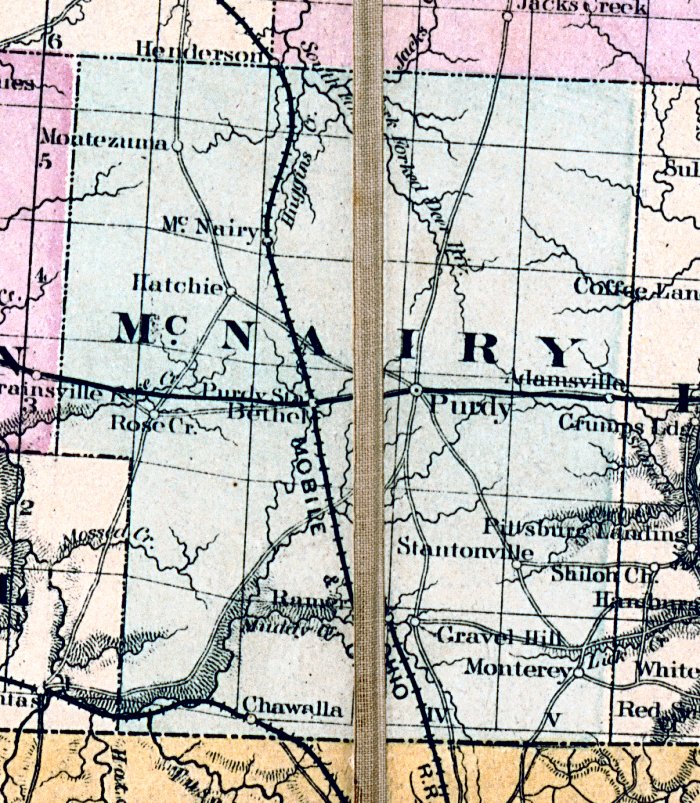|
The Dancer Family By Steven R. Butler
Dancer Family THE DANCER FAMILY Documentary evidence confirms that I am related to the Dancer family by virtue of the marriage of my great-great-grandfather Daniel Pitts Seay to Maria Dancer, daughter of Elijah Dancer, son of Henry Dancer, son of Peter Dancer, who immigrated to the British colony of Georgia in the mid-eighteenth century. I am a DNA match to other Dancer family descendants. PETER DANZER/DANCER Peter Danzer, who "Anglicized" his surname to Dancer, was born in what is now Germany, about the year 1730. Nothing is known of his parentage, nor precisely where he came from, although his brief presence (1749-1750) in a colony of Salzburgers in America clearly suggests that he likewise came from Salzburg. In or about 1749 he left Germany and went to Savannah, Georgia, where upon arrival, he became an indentured servant to Messrs. William Spencer and Samuel Mercer. Some researchers claim, although his name does not appear on the passenger manifest, that he made the transatlantic crossing aboard the brig Charlestown Galley, Captain Peter Bogg, which arrived at Savannah on October 2, 1749. Samuel Mercer, a tanner by trade, was one of the first settlers to arrive in the newly-established colony-the brainchild of English philanthropist James Oglethorpe-in 1733. In 1738 the colony's trustees appointed him second constable of the fledgling city. Spencer, a vintner and a "gentleman," did not arrive until 1742. He too was an administrative official.
The Savannah that Peter Dantzer saw upon his arrival was still a city in the making, having been established only sixteen years earlier. Rectangular with its streets laid out in a grid system, it was surrounded by fortifications that "afforded within its intrenchments an asylum whither the adjacent planters, upon occasions of alarm, might betake themselves with their families and personal property, and find refuge from the rifle and scalping-knife of the Indian." In each of the corner bastions "wooden towers were erected…with strong platforms in their first stories to support twelve pounder cannons."
Shortly afterward, the following notice appeared in the South Carolina Gazette for the week of January 22-29, 1750:
Although all four young men were German, Peter Dantzer and the Hertel brothers neither lived or worked among the Salzburgers who in 1734 had established a settlement called Ebenezer, about twenty-five miles upriver from Savannah. We can be sure of that because not long after they ran away, they were mentioned in a letter written by Mr. John Martin Bolzius, the religious leader of the German colony, to Mr. Martin, Secretary of the colony, in which he complains of two servants running away from Ebenezer, followed almost immediately by "four servants at Savannah, viz. Peter Danzer & 3 brothers, Hertell by Name and Butchers by Trade." Boleius went on to remark, "I am told, they are subsisted & encouraged likewise at the Congrees, the Refuge of all Sorts of People." He also explained how difficult it was to apprehend runaways:
Likely, Dantzer and the Hertel brothers escaped into South Carolina by stealing or "borrowing" a boat and rowing or paddling across the Savannah River. Whether any one of the four young men was ever apprehended and returned to his masters is uncertain. If they hid out in the swampland along the Congaree River, or Congrees as Rev. Boleius spelled it, it is entirely possible that all four managed to keep their freedom. Although the Hertel brothers seem to be lost to history, we know that Peter Dancer, as he later styled himself, got married, had children, and became a land owner in Richland County, South Carolina. However, many of these things happened some ten to twenty years after his escape from bondage, which begs the question: Where was he, and what was he doing during all that time? Unfortunately, the answer has so far proved elusive. The name of Dancer's wife has also been lost to history, but we do know that the couple had at least three sons and two daughters., and that the family resided in what is now Richland County, where the state capital, Columbia, was established by an act of the legislature in 1786. Prior to that time, the capital of South Carolina was Charles Town, or simply "Charleston," as it is known today. None of the Dancer children are identified by name in any available South Carolina records except the two oldest sons, Henry and John. Two documents preserved in the South Carolina state archives reveal that in June 1770 Peter Dancer received a grant for 150 acres of land in Craven County, one of the three original colonial counties that were subdivided into smaller counties following independence from Great Britain. Other preserved documents reveal that in August 1771 he received a second grant, this time for an inverted T-shaped piece of land, containing 200 acres, on the north side of the Broad River, a stream that connects with the Congaree River at the point where Columbia was established some fifteen years later. It is interesting to note that the present-day Congaree National Park, a preserved wilderness area that may be the spot to which Peter Dancer and the Hertel brothers escaped in 1750, lies only seventeen miles south of present-day Columbia.
Unfortunately, although a plat of this second grant exists, it is difficult to tell, from either the boundary description or the crude map that accompanies it, precisely where this property was located, apart from it being in Richland County," on the north side of the Broad River."
Peter Dancer died sometime in 1789, at the age of about fifty-nine. Although it appears he did not leave a will, probate records for the then-new Richland County show that the job of administering his estate was givne to his son Henry Dancer. An inventory of his property shows that he was not a wealthy man, having only some carpenter's tools, a cow and yearling, and 72 acres of land worth 36 Pounds. He had no slaves. Altogether, the total value of his estate came to 65 Pounds, 19 Shillings, and 5 Pence. What became of the other 228 acres he had received as grants in 1770 and 1771 is unknown, but presumably he had sold it. The place of burial of Peter Dancer has also, unfortunately, been lost to history. HENRY DANCER Henry Dancer, it appears, was the eldest son of Peter Dancer. His date of birth is unknown, but based what slight evidence is available, it is inferred to be about 1760. He had a brother, John, who appears to have been slightly younger than him. Our first mention of Henry Dancer, an audited account of "Claims growing out of the American Revolution," is preserved in the South Carolina State Archives. A similar account in the name of John Dancer has also been preserved. These claims arose from both men's service in the militia under Colonel Thomas Taylor-Henry in 1781-82 and John in 1782. Here is an excerpt from a book about Richland County that gives some history of Taylor's troops in the Revolution:
In 1790, after Henry's father, Peter Dancer, died, he was appointed administrator of his (Peter's) estate. The first federal census, for 1790, shows Henry living in close proximity to his widowed mother, who is identified in the census only as the "Widow Dancer," with one free white male over age 16 (probably her son John Dancer), one free white male under sixteen (probably John and Henry's reported brother, Jonah or Jonas), three white females (one of which was obviously Mrs. Dancer), and two "All Other Persons." There were no slaves in this household. Henry Dancer's household, which is listed on the very next line, consisted of two free white males over 16, one of which was obviously Henry, two free white males under 16, three white females, and two "All Other Persons." There were no slaves in this household either. In both cases, the "All Other Persons" are a mystery, but could have been, and probably were, free blacks. Henry's wife was Sally or Lotty Lottie. The date and place of their marriage is unknown but was almost certainly South Carolina sometime in the last 1780s or early 1790s. According to other researchers, they had the following named children:
Again, according to other researchers, sometime between 1790 and 1796, Henry Dancer and his family moved to Smith County, Tennessee. According to other researchers, Henry died in Henry County, Tennessee in 1825 or 1826. Unfortunately, there is neither a will nor estate file on record to confirm it. Nor is he enumerated in the 1800, 1810, or 1820 federal census for any county in Tennessee. His place of burial is unknown. ELIJAH WILLIAM DANCER According to other researchers, Elijah William Dancer was the third child of Henry Dancer and his wife Sally, or Lottie. He was born about 1797, reportedly in Smith County, Tennessee. Reportedly, Elijah was married three times. The name of his first wife is unknown. His second wife was either Margaret Barnes or Margarite Dinkins. The name of his third wife was Emoline Higgins. By his first or second wife (or both), he had the following named children:
Apparently, Elijah Dancer was a restless man. In 1830 he was living in Humphreys County, Tennessee, in 1840 in Tippah County, Mississippi, and in 1850 and 1860 in McNairy County, Tennessee (which is located immediately north of and adjacent to Tippah County, Mississippi). He was not enumerated in the 1870 census, so presumably he died sometime between 1860 and 1870. It appears he did not leave a will and there likewise appears to be no probate record of his estate. He is reportedly buried in an unmarked grave in Ramer Cemetery, in rural McNairy County.
MARIA ELIZABETH DANCER Maria Elizabeth Dancer, born about 1843 in Mississippi (probably in Tippah County), was the eighth child of Elijah William Dancer and probably his second wife, Margaret Barnes or Margarite Dinkins. In 1869 or 1870, probably in McNairy County, Tennessee, she married Daniel Pitts Seay, a young Confederate veteran of the then-recently-ended Civil War. Together, Maria and Daniel had one child, a boy they named Matthew Elijah Seay, obviously in honor of Daniel's father Matthew A. Seay and Maria's father Elijah W. Dancer. Maria died in Lee County, Mississippi on January 5, 1875. According to family lore, she was cared for in her final illness by a young friend, fifteen-year-old Martha Knowles, who she encouraged her husband to have as his second wife following her (Maria's) death. He did. Maria Dancer Seay's place of burial is unknown.
This website copyright © 1996-2019 by Steven R. Butler, Ph.D. All rights reserved. |



